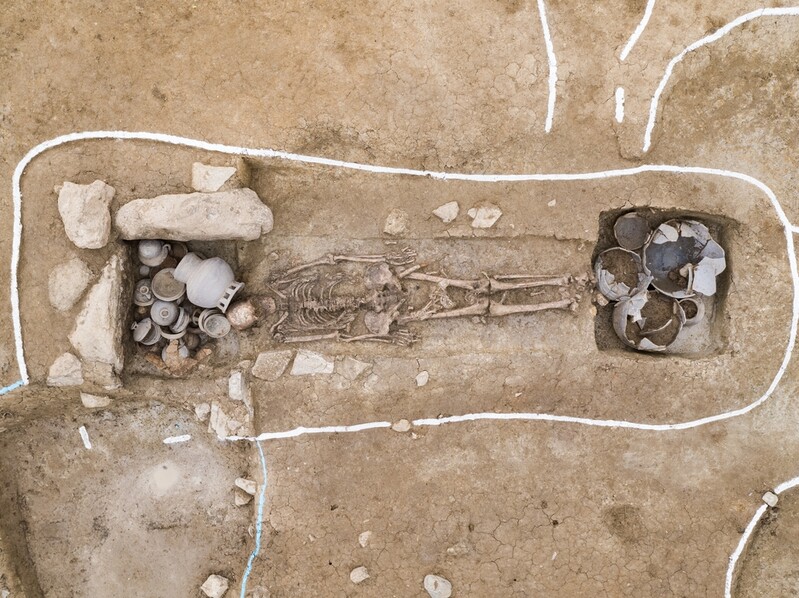 |
| ▲ This photo provided by the Korea Cultural Heritage Foundation shows the human bones found in the ruins of Tapdong in Gyeongju. (PHOTO NOT FOR SALE) (Yonhap) |
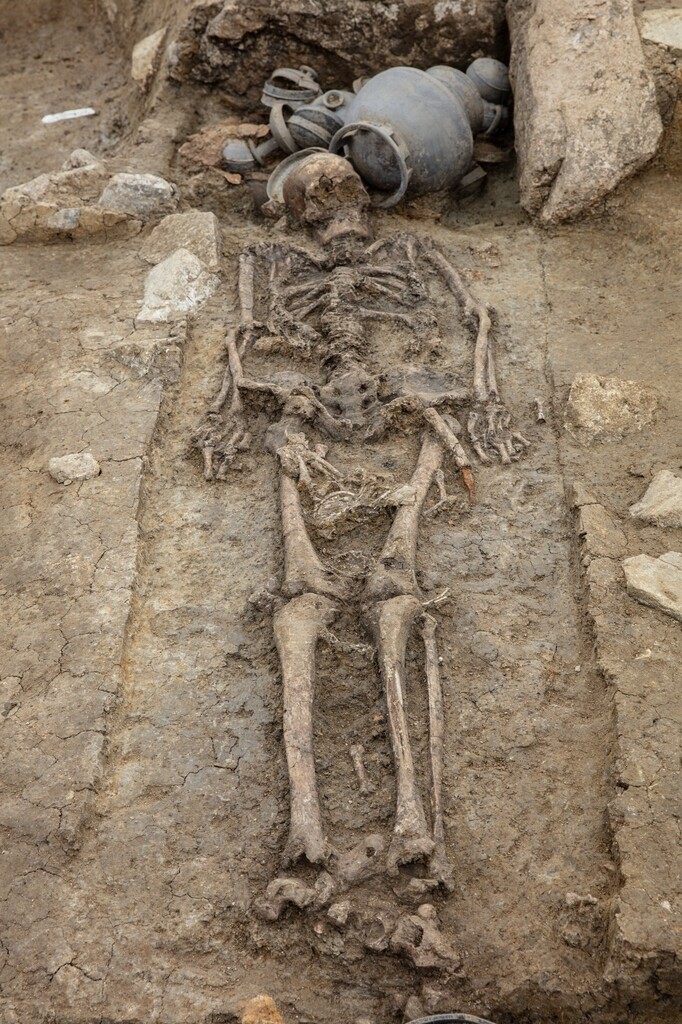 |
| ▲ This photo provided by the Korea Cultural Heritage Foundation shows the well preserved human bones of a person who is estimated to be around 180 cm tall. (PHOTO NOT FOR SALE) (Yonhap) |
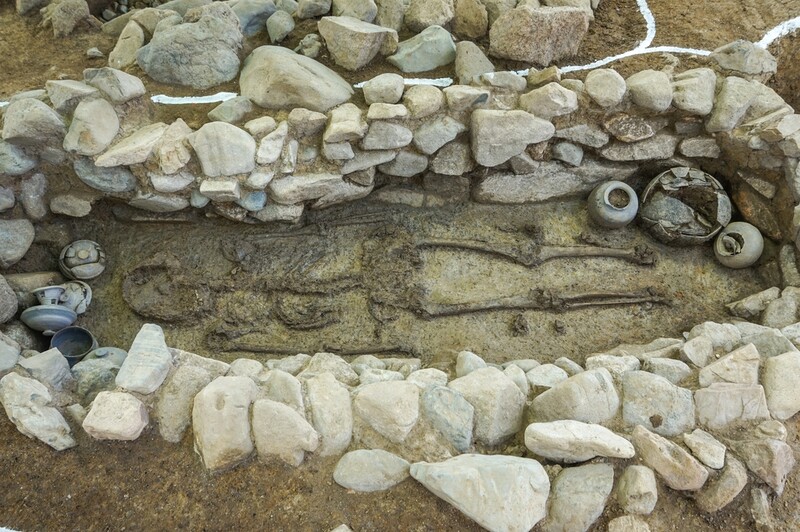 |
| ▲ This photo provided by the Korea Cultural Heritage Foundation shows the excavated human bones from the ruins of Tapdong. (PHOTO NOT FOR SALE) (Yonhap) |
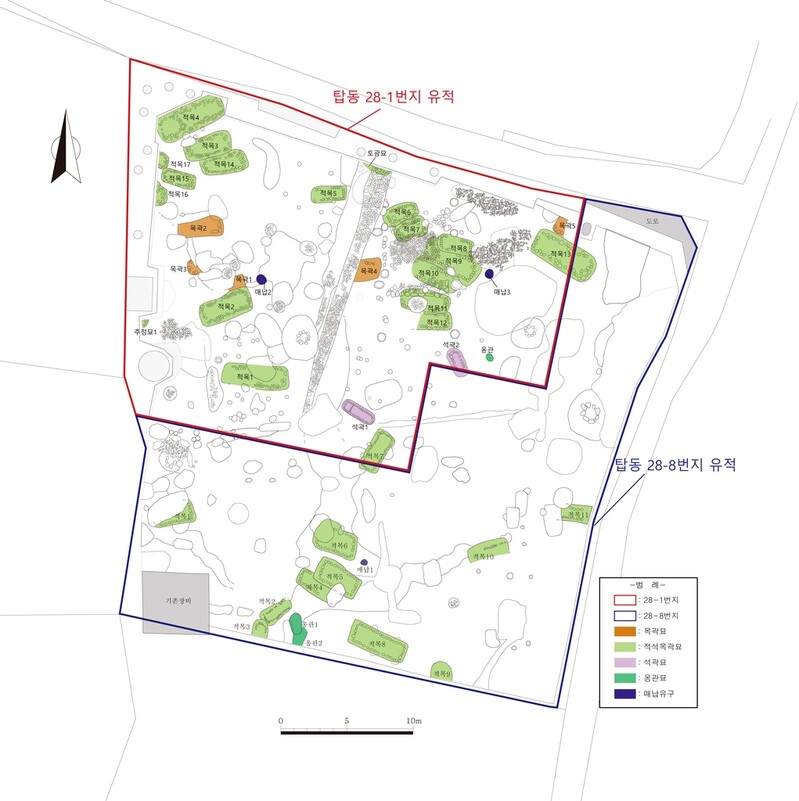 |
| ▲ This photo provided by the Korea Cultural Heritage Foundation shows the area of the exisiting ruins of Tapdong on a map. (PHOTO NOT FOR SALE) (Yonhap) |
SEOUL, July 15 (Yonhap) -- A group of human bones, including a body that measures nearly 180cm in height, was found inside a tomb built 1,500 years ago during the Silla dynasty, in Gyeongju.
While conducting an excavation survey at the ruins of Tap-dong, Gyeongju, where Silla tombs are concentrated in, bones of a male human body about 180 centimeters tall were found, which is believed to be the tallest skeletal body found during the period of the Three Kingdoms of Korea, according to the Korea Cultural Heritage Foundation.
The human bones, which emerged from a wooden-framed chamber tomb, measured to be about 175cm tall at the time of the excavation. However, it was analyzed that the actual height of the deceased person would have been taller since the position of the chin was pulled towards the chest.
"The average stature of male human bodies discovered in tombs from the Three Kingdoms period is about 165 centimeters," said an official at the Korea Cultural Heritage Foundation. "This particular group of human bones found this time are also in good condition."
"Usually, the human bones found in Jeongchon ancient tombs from Naju or Wolseong in Gyeongju are about 165 centimeters tall," said an official at the Gyeongju National Research Institute of Cultural Heritage, who collects and analyzes human bones.
The official added, "An interesting fact is that the position of the body seems as if it was stuffed into the coffin. The man's face was not faced towards the sky, and his feet were not comfortably placed as they were almost vertical to his legs."
"Typically coffins are made according to the dead body, however there is a possibility that these human bones were placed in an ready-made coffin," the official estimated.
Another characteristic of the newly discovered human bones is that the spine was crooked, which seems as if the person had a herniated intervertebral disc.
In response, the investigation team pointed out that changes in the body may have occurred during the process of placing it in the coffin, and that the person may have experienced symptoms of disc issues due to strenuous physical labor.
However, there were no artifacts that could help infer the occupation of the deceased person. Most of the burial items were earthenware, and a piece of iron was found near the head, which is presumed to be the blade of an agricultural tool called a hoe. There were no weapons found as well.
The Gyeongju National Research Institute of Cultural Heritage decided to conduct anthropology and pathology research on human bones with the Korea Cultural Heritage Foundation to investigate the life and environment during the Silla dynasty.. The institute will also use the skull to restore the faces of people who lived in Silla and extract DNA in order to compare it with modern day Korean people.
The ruins of Tap-dong, located below Dodangsan mountain, adjacent to Namcheon in Gyeongju, are an important group of tombs dating back to the Silla dynasty. There are about 180 tombs in total, including 130 wooden-framed chamber tombs covered with a mound of earth and stones. Many of the buried bodies found are believed to be have been middle or lower class nobles who were lower in status than those buried in the royal cemetery called Daereungwon.
The survey identified 24 tombs and 12 human bones from the fifth and sixth centuries. However, the rest of the human bones, except for the 180 cm tall body, were not well preserved. Most of the relics found were earthenware and ornaments while some ironware were found was well.
"These old human bones are important data to guess the biological characteristics and living conditions of people in the past, but we do not have a proper system for this process," an official from the Gyeongju National Research Institute of Cultural Heritage said. "We hope that the legal basis for viewing such bones as a cultural asset will be made as soon as possible."
(END)
(C) Yonhap News Agency. All Rights Reserved












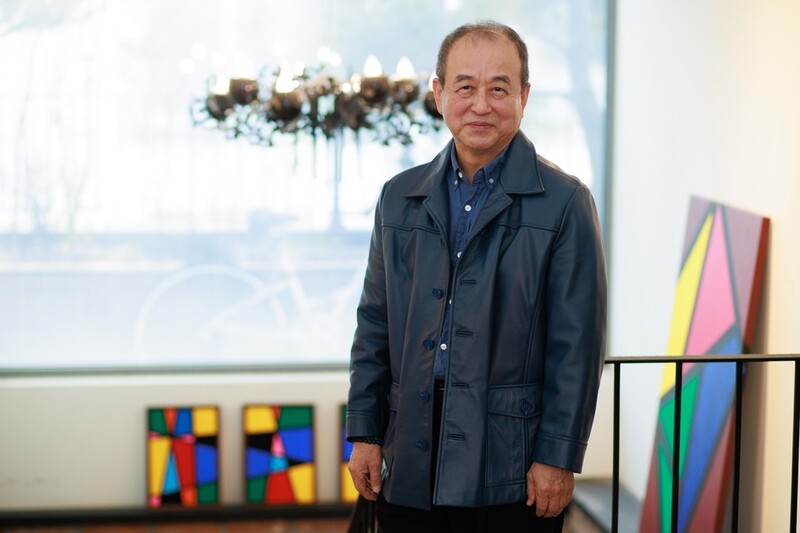

![[가요소식] 보이넥스트도어, 신보로 3연속 밀리언셀러 달성](https://korean-vibe.com/news/data/20251025/yna1065624915905018_166_thum.jpg)








